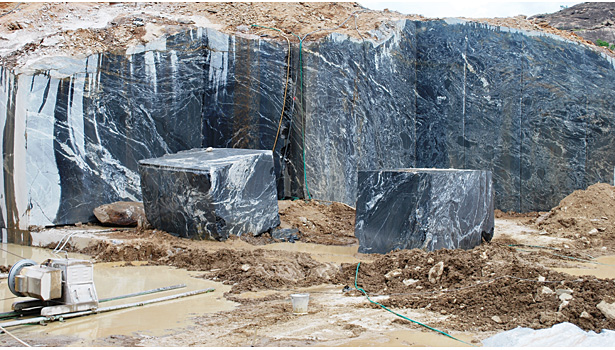A Trip Via Granite Quarries in South Africa: Introduction Nature's Creativity
A Trip Via Granite Quarries in South Africa: Introduction Nature's Creativity
Blog Article
Uncovering the Rich Background and Sustainable Practices of Granite Quarrying
As we depend on the precipice of uncovering the detailed tapestry of granite quarrying, a journey with time reveals not just the physical act of removing stone however additionally the cultural and historic relevance woven right into the very material of this technique. From the ancient origins that laid the structure for modern quarrying methods to the lasting techniques that are shaping the future of this market, each sculpt mark on granite surface areas tells a story waiting to be discovered (granite quarries in south africa). The heritage of granite quarrying extends far beyond simple removal; it is a testimony to human ingenuity, resilience, and the enduring appeal of this majestic stone
Ancient Origins of Granite Quarrying
Going back to old people, the practice of quarrying granite has actually been an integral part of human history and architectural advancement. The earliest evidence of granite quarrying days back to old Egypt, where substantial pyramids and elaborate sculptures were crafted from this long lasting rock. The Egyptians utilized primitive devices to remove granite blocks from quarries, showcasing the importance of this material in their monumental constructions.
Moving ahead in background, the Greeks additionally made substantial payments to the quarrying of granite. The Greeks made use of granite in numerous building marvels, such as temples and statues, demonstrating their skill in shaping and sculpting this durable rock. The Romans better improved the methods of quarrying granite, utilizing sophisticated tools like chisels and hammers to extract and form granite for their legendary frameworks.
With the centuries, the method of quarrying granite has evolved, with modern innovations improving effectiveness while maintaining the timeless allure of this all-natural stone - granite quarries in south africa. From ancient human beings to modern home builders, the tradition of granite quarrying continues to form our globe
Evolution of Quarrying Techniques
The advancement of quarrying methods has actually been marked by a continual progression in the direction of greater effectiveness and accuracy in extracting granite. Early quarrying strategies involved hands-on labor with standard tools such as blades, hammers, and wedges to remove granite blocks from the earth.
Innovations in computer-controlled devices and 3D modeling have maximized quarrying operations, leading to minimal environmental influence and improved sustainability techniques. As the need for granite continues to rise, the development of quarrying strategies remains essential to conference sector requires effectively and sustainably.
Cultural Importance of Granite
Granite holds an extensive cultural relevance across numerous worlds due to its long-lasting existence in architectural work of arts and revered monoliths. The cultural relevance of granite extends past its physical features; it symbolizes resilience, security, and eternity, making it a sign of sustaining traditions find out and practices.

Sustainable Practices in Quarrying
Amidst the abundant history of granite quarrying and its social relevance lies an expanding emphasis on sustainable techniques within the industry. As ecological understanding and issues concerning resource depletion have actually heightened around the world, the quarrying market has significantly accepted lasting techniques to minimize its effect on the environment and bordering communities.

Additionally, improvement and rehab of quarry sites post-extraction are essential to sustainable these details practices. By restoring quarried locations to an all-natural or valuable state, such as developing wild animals habitats or recreational spaces, quarriers can offset the ecological impact of their operations and contribute favorably to the neighborhood ecological community.
Heritage of Granite Quarrying
With a historical backdrop soaked in workmanship and industrial progress, what sustaining influence has granite quarrying left on the landscape of contemporary society? The legacy of granite quarrying goes beyond simple extraction techniques; it has actually shaped building wonders, urban landscapes, and social heritage worldwide. The long lasting nature of granite has made it a preferred selection for monuments, buildings, and framework, standing as a testament to the ability and creativity of quarry workers throughout generations.
Additionally, the economic impact of granite quarrying can not be neglected. The sector remains to provide employment possibility and drive local economic situations in regions where granite removal prevails. It has actually likewise stimulated technological advancements in quarrying methods and equipment, causing much more reliable and sustainable techniques.
In regards to sustainability, the heritage of granite quarrying includes efforts to alleviate ecological impacts with recovery projects and responsible resource monitoring. By stabilizing economic interests with environmental stewardship, the sector makes every effort to ensure that future generations can continue to profit from this long-lasting natural source.
Conclusion

Report this page